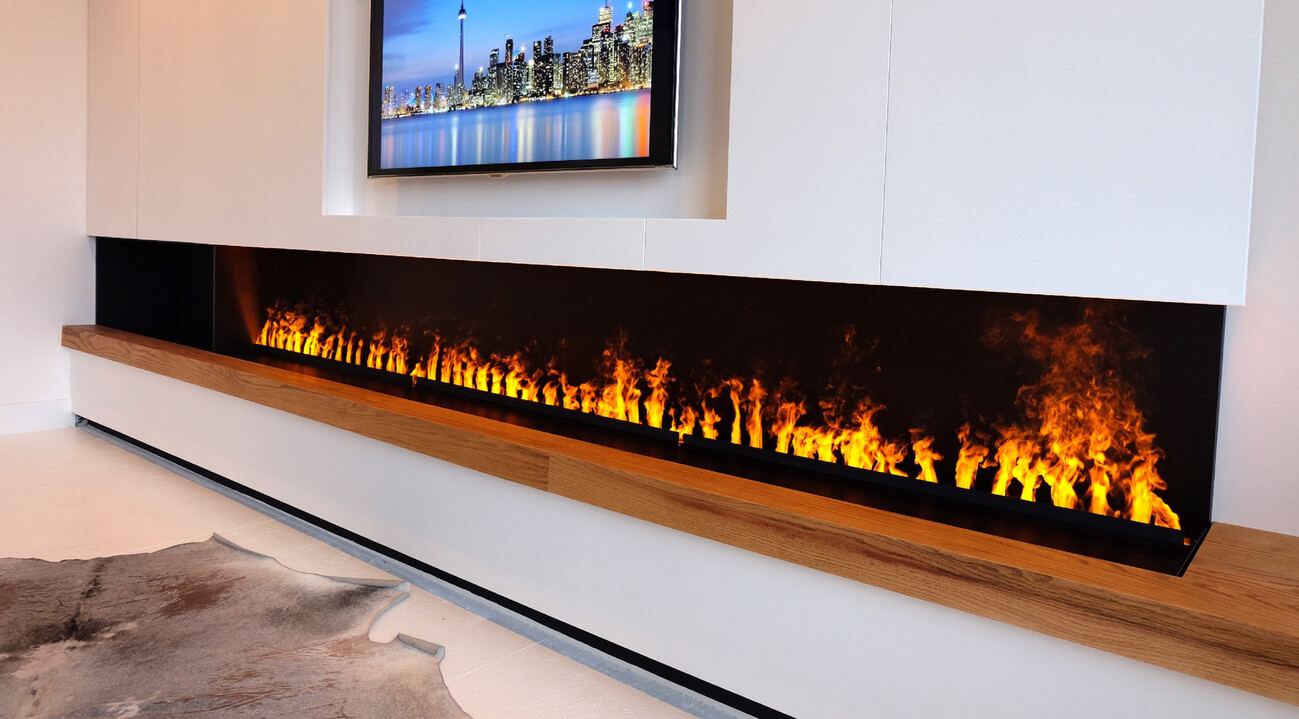

Articles
What Is A Water Vapor Fireplace
Modified: January 8, 2024
Learn about water vapor fireplaces and how they create a realistic flame without the need for gas or wood. Read our informative articles to discover the benefits and options available.
(Many of the links in this article redirect to a specific reviewed product. Your purchase of these products through affiliate links helps to generate commission for Storables.com, at no extra cost. Learn more)
Introduction
A water vapor fireplace is a modern and innovative alternative to traditional gas or wood-burning fireplaces. With its sleek and contemporary design, it adds a touch of elegance to any living space. But what exactly is a water vapor fireplace and how does it work?
A water vapor fireplace, also known as an electric fireplace or an electric vapor fireplace, is a revolutionary technology that creates the illusion of flames and smoke without the use of real fire. Instead, it utilizes advanced water vapor technology to produce a realistic-looking flame and a gentle mist that mimics the effect of smoke. This unique feature not only creates a cozy and romantic ambiance but also provides a safe and eco-friendly heating option.
Water vapor fireplaces are becoming increasingly popular due to their many advantages over traditional fireplaces. They offer a hassle-free and convenient heating solution without the need for venting or a chimney. Additionally, they can be easily installed in any room of the house, including apartments and condominiums, where traditional fireplaces may not be feasible.
Furthermore, water vapor fireplaces are highly customizable. They often come with adjustable flame settings, allowing you to control the intensity and height of the flames to suit the mood and ambiance you desire. Some models also include built-in LED lights, offering the option to change the color of the flames to complement your interior decor.
In this article, we will delve deeper into the working mechanism of water vapor fireplaces, explore their advantages and disadvantages, discuss safety considerations, and provide maintenance tips. We will also compare them to traditional fireplaces, highlighting the unique features and benefits that water vapor fireplaces bring to the table.
So, if you’re ready to learn more about this innovative heating solution and all that it has to offer, let’s dive in!
Key Takeaways:
- Water vapor fireplaces offer a safe, eco-friendly, and customizable heating option without the need for venting or a chimney. They provide a modern and sleek alternative to traditional fireplaces, enhancing the ambiance of any living space.
- While water vapor fireplaces may not provide the same heat output or aroma as traditional fireplaces, they offer easy installation, energy efficiency, and minimal maintenance. Their advanced technology and safety features make them a desirable choice for households seeking a hassle-free heating solution.
Read more: What Is A Vapor Barrier For Insulation
Understanding Water Vapor Fireplaces
Water vapor fireplaces are a contemporary and eco-friendly alternative to traditional fireplaces. As mentioned earlier, these fireplaces use advanced water vapor technology to create the illusion of flames and smoke. Understanding how these fireplaces work can help you appreciate their unique features and benefits.
Water vapor fireplaces consist of two main components: a water reservoir and an electric heating element. The water reservoir holds the water that is used to generate the vapor, while the electric heating element is responsible for heating the water to create the misty effect.
When you turn on a water vapor fireplace, the electric heating element begins to heat the water in the reservoir. As the water reaches a certain temperature, it converts into vapor and rises up through the fireplace. The vapor is then released into the room, creating the appearance of a gentle, dancing flame and a realistic-looking smoke effect.
It’s important to note that the vapor produced by water vapor fireplaces is cool and harmless. There is no actual combustion taking place, which means that there is no real fire or heat involved. This makes water vapor fireplaces a safer option compared to traditional fireplaces, especially for households with children or pets.
Moreover, water vapor fireplaces are designed to be energy-efficient. They typically come with adjustable heat settings, allowing you to control the amount of heat generated. This way, you can create a cozy and comfortable environment without wasting excessive energy.
Another aspect to consider is the visual appeal of water vapor fireplaces. They are often equipped with LED lights, which enhance the realistic flame effect. These lights can be programmed to flicker and dance, simulating the movement of real flames. Additionally, some models offer the option to change the color of the flames, allowing you to customize the ambiance to suit your preferences.
Water vapor fireplaces also offer the convenience of remote control operation. With just a press of a button, you can adjust the flame height, heat intensity, and even turn the fireplace on or off. This feature adds an extra level of comfort, making it easier to enjoy the flickering flames and cozy atmosphere from anywhere in the room.
Now that we have a better understanding of how water vapor fireplaces work, let’s explore the advantages and disadvantages they offer.
How Water Vapor Fireplaces Work
Water vapor fireplaces utilize innovative technology to create the illusion of flames and smoke without the use of real fire. Understanding how these fireplaces work will help you appreciate their unique features and benefits.
The key element in a water vapor fireplace is the water reservoir. This is where the water that generates the vapor is stored. Typically, the reservoir is located at the bottom or back of the fireplace, out of sight from the user.
The water in the reservoir is heated using an electric heating element. As the water reaches a certain temperature, it begins to vaporize, producing a misty effect. The mist rises through the fireplace, creating the appearance of dancing flames and realistic-looking smoke.
The misty effect is further enhanced with the use of LED lights that simulate the flickering of flames. These lights are strategically placed inside the fireplace to create a realistic flame effect. Some water vapor fireplaces even offer the option to change the color of the flames, allowing you to customize the ambiance to your liking.
One of the advantages of water vapor fireplaces is their safety. Since there is no actual fire involved, there is no risk of sparks, smoke, or harmful emissions. This makes them a great option for households with children or pets.
Additionally, water vapor fireplaces are energy-efficient. They typically come with adjustable heat settings, allowing you to control the amount of heat generated. This way, you can create a cozy and comfortable environment without wasting excessive energy.
The convenience of water vapor fireplaces is another standout feature. Many models offer remote control operation, allowing you to easily adjust the flame height, heat intensity, and even turn the fireplace on or off from anywhere in the room. This adds an extra level of comfort and ease of use.
Water vapor fireplaces also require minimal maintenance. Since there is no actual combustion, there are no ashes, soot, or debris to clean up. However, it is important to regularly clean the water reservoir to prevent any mineral buildup that could affect the performance of the fireplace.
It’s worth noting that the moisture produced by water vapor fireplaces can help to humidify the air in dry environments. This can be beneficial during the winter months when indoor air tends to be dry due to heating systems.
Now that you understand how water vapor fireplaces work, let’s explore the advantages and disadvantages they offer compared to traditional fireplaces.
Advantages of Water Vapor Fireplaces
Water vapor fireplaces offer several advantages over traditional fireplaces, making them a popular choice for homeowners. Let’s take a closer look at some of the benefits they provide:
- No Real Fire: One of the biggest advantages of water vapor fireplaces is that they do not involve real fire. This eliminates the risk of sparks, smoke, and harmful emissions, making them safer and more environmentally friendly. They are also suitable for homes without chimneys or ventilation systems.
- No Heat Loss: Traditional fireplaces often lose a significant amount of heat through the chimney. Water vapor fireplaces, on the other hand, do not have this issue. The heat generated by the heating element is not lost, resulting in more efficient heating and reducing energy waste.
- Customizable Flames: Water vapor fireplaces allow you to customize the appearance of the flames. With adjustable flame settings, you can control the intensity, height, and color of the flames, creating the perfect ambiance for any occasion. This level of customization enhances the overall aesthetic appeal of the fireplace.
- Easy Installation: Unlike traditional fireplaces that require complex installation processes and the need for chimneys or vents, water vapor fireplaces are relatively easy to install. They can be placed in various locations throughout the house, including smaller spaces like apartments and condos.
- Energy Efficiency: Water vapor fireplaces are energy-efficient. They typically come with adjustable heat settings, allowing you to control the amount of heat generated. This means you can enjoy the cozy ambiance while reducing energy consumption and lowering utility bills.
- Low Maintenance: Water vapor fireplaces require minimal maintenance compared to traditional fireplaces. There are no ashes, soot, or debris to clean up. The only maintenance required is periodic cleaning of the water reservoir to prevent mineral buildup.
- Humidifying Effect: The water vapor produced by these fireplaces can help to humidify the air, especially in dry environments. This can be particularly beneficial during the winter months when indoor air tends to be dry due to heating systems. The increase in humidity can contribute to improved indoor air quality and overall comfort.
These advantages make water vapor fireplaces an attractive option for homeowners who want the ambiance and warmth of a fireplace without the drawbacks associated with traditional fireplaces. However, it’s important to be aware of the potential drawbacks as well, which we will explore next.
Disadvantages of Water Vapor Fireplaces
While water vapor fireplaces offer numerous advantages, they do have some disadvantages that should be considered before making a decision. Here are a few drawbacks associated with water vapor fireplaces:
- Lack of Real Heat: One of the main drawbacks of water vapor fireplaces is that they do not provide real heat. The misty smoke and flames created by the water vapor fireplace are purely for visual effect and do not emit actual warmth. This can be disappointing for those seeking a source of heat during colder months.
- No Aroma: Unlike traditional wood-burning fireplaces, water vapor fireplaces do not produce the distinct aroma of burning wood. Some people enjoy the smell of a traditional fireplace and find it adds to the overall experience. With water vapor fireplaces, there is no scent associated with the imitation flames.
- Dependence on Electricity: Water vapor fireplaces require electricity to operate. This means that during power outages or electrical failures, the fireplace will not work. It’s important to have a backup heating solution in place for such situations if you rely heavily on the fireplace for warmth.
- Limited Heat Output: While water vapor fireplaces can create a cozy ambiance, their heat output is relatively low compared to traditional fireplaces or other heating systems. They are typically better suited for small to medium-sized spaces rather than large rooms or open floor plans.
- Price: Water vapor fireplaces can be more expensive upfront compared to traditional fireplaces. The advanced technology and features built into these fireplaces contribute to their higher price tag. However, it’s important to consider the long-term energy savings and maintenance benefits that can offset the initial cost.
- Water Vapor Maintenance: Although water vapor fireplaces require minimal maintenance overall, there is a need to periodically clean the water reservoir and replace the water to ensure optimal performance. Neglecting proper maintenance can result in mineral buildup or other issues that can affect the functioning of the fireplace.
While these disadvantages are worth considering, for many homeowners, the benefits of water vapor fireplaces outweigh the drawbacks. It ultimately comes down to personal preference and priorities when choosing the right fireplace for your home.
Now that we’ve explored the advantages and disadvantages of water vapor fireplaces, let’s turn our attention to safety considerations when using these innovative heating appliances.
Read more: What Is A Vapor Barrier In A Crawl Space
Safety Considerations
Safety should always be a top priority when using any heating appliance, including water vapor fireplaces. While water vapor fireplaces are generally considered safe, there are still some important safety considerations to keep in mind. Here are a few key points to consider:
- Electrical Safety: Since water vapor fireplaces rely on electricity to operate, it’s crucial to ensure that they are installed and connected properly. If you are not well-versed in electrical work, it’s recommended to hire a professional electrician to handle the installation. Regularly inspect the power cord for any signs of damage and avoid using extension cords or power strips.
- Water Reservoir Maintenance: Over time, mineral deposits can accumulate in the water reservoir of the fireplace. To prevent any buildup, it’s important to clean the reservoir periodically. Follow the manufacturer’s instructions for cleaning and use distilled or filtered water to minimize mineral deposits. Regular maintenance will ensure the optimal functioning of the fireplace.
- Child and Pet Safety: Although water vapor fireplaces do not have real flames or heat, it’s still important to exercise caution when young children or pets are present. Ensure that the fireplace is securely installed and out of reach of children. It’s also important to educate children about the fireplace’s limitations and that it should not be touched or tampered with.
- Ventilation: While water vapor fireplaces do not produce harmful emissions, it’s important to ensure adequate ventilation in the room where the fireplace is installed. Proper ventilation helps maintain overall indoor air quality and prevents the buildup of excess humidity. Open a window or use an exhaust fan when using the fireplace for an extended period.
- Fireplace Surroundings: Ensure that the area around the water vapor fireplace is clear of any flammable materials, such as curtains, furniture, or paper. Keep a safe distance between the fireplace and any objects that could potentially come into contact with the mist or heated components.
- Use with Caution: While water vapor fireplaces are generally safe to use, it’s important to exercise caution and follow the manufacturer’s instructions. Avoid placing any objects on top of the fireplace, as it can obstruct the venting or cause overheating. Always turn off the fireplace when it’s not in use or before leaving the room.
By following these safety considerations, you can enjoy the ambiance and warmth of a water vapor fireplace while ensuring the safety of yourself, your family, and your home. Now, let’s move on to discussing the maintenance and care required for water vapor fireplaces.
Maintenance and Care for Water Vapor Fireplaces
To keep your water vapor fireplace running smoothly and to prolong its lifespan, it’s important to follow a regular maintenance and care routine. Here are some essential maintenance tips to consider:
- Cleaning the Water Reservoir: The water reservoir of the fireplace should be cleaned periodically to prevent mineral buildup. Follow the manufacturer’s instructions for cleaning and use distilled or filtered water to minimize the accumulation of mineral deposits. Regular cleaning will ensure optimal performance and prevent any issues caused by blockage or clogging.
- Checking for Leaks: Regularly inspect the water vapor fireplace for any signs of leaks. Look for any visible cracks or water droplets around the unit. If you notice any leaks, contact the manufacturer or a professional technician to address the issue promptly.
- Replacing Parts as Needed: Over time, certain parts of the water vapor fireplace may wear out or need replacement. Keep an eye out for any signs of malfunctioning components, such as flickering lights or irregular mist output. If necessary, contact the manufacturer for replacement parts or seek professional assistance.
- General Cleaning: In addition to cleaning the water reservoir, it’s important to keep the exterior of the fireplace clean as well. Use a soft cloth or a microfiber cloth to remove any dust or dirt from the surface. Avoid using harsh chemicals or abrasive cleaners, as they may damage the finish of the fireplace.
- Proper Storage: If you plan to store the water vapor fireplace for an extended period, it’s important to follow the manufacturer’s instructions. Ensure that the fireplace is clean and dry before storing it in a cool, dry place. Cover it with a protective cover to prevent dust or debris from accumulating.
- Regular Inspection: Periodically inspect the fireplace for any signs of damage or loose connections. Check the power cord for any fraying or exposed wires. If you notice any issues, contact a professional technician for repair or assistance.
- Follow Manufacturer Guidelines: It’s essential to read and follow the manufacturer’s guidelines and instructions for maintenance and care. They will provide specific details on recommended cleaning products, frequency of maintenance activities, and any other important considerations for your specific fireplace model.
By following these maintenance and care tips, you can ensure that your water vapor fireplace remains in optimal condition and continues to provide you with a cozy and visually appealing ambiance for years to come.
Now that we have covered maintenance and care, let’s compare water vapor fireplaces to traditional fireplaces to see how they differ.
When using a water vapor fireplace, make sure to regularly clean and maintain the water tank to ensure optimal performance and prevent any potential issues.
Comparing Water Vapor Fireplaces to Traditional Fireplaces
When it comes to choosing a fireplace for your home, you may find yourself considering both water vapor fireplaces and traditional fireplaces. Let’s compare these two options to help you make an informed decision:
1. Installation and Ventilation
Traditional fireplaces require complex installation processes, including the construction of a chimney or venting system. This can be costly and time-consuming, especially if your home doesn’t already have a suitable structure. In contrast, water vapor fireplaces are much easier to install and don’t require any venting. They can be placed in various locations throughout your home, making them a more flexible option.
2. Heat Output
Traditional fireplaces are known for their substantial heat output, making them a popular choice for heating large spaces. However, water vapor fireplaces are primarily designed for ambiance rather than heat. While they may provide some warmth, their heat output is generally lower than traditional fireplaces. If you’re primarily looking for a heating solution, a traditional fireplace might be more suitable.
3. Aesthetics
Both water vapor fireplaces and traditional fireplaces have their own aesthetic appeal. Traditional fireplaces offer the charm of a real wood-burning fire, complete with the crackling sound and the natural scent of burning wood. On the other hand, water vapor fireplaces provide a contemporary and sleek look with customizable flame effects. The choice ultimately depends on your personal style and the ambiance you want to create in your space.
4. Safety
Safety is a significant consideration when choosing a fireplace. Traditional fireplaces involve real flames and heat, which can pose risks if not properly maintained or used. Water vapor fireplaces, on the other hand, eliminate many of the safety concerns associated with traditional fireplaces. They don’t produce real fire or emit harmful emissions, making them a safer option, especially for households with children or pets.
5. Maintenance and Care
Traditional fireplaces require regular maintenance and cleaning to remove ashes, soot, and debris. Chimneys and flues also need to be inspected and cleaned to prevent blockages and ensure proper ventilation. Water vapor fireplaces, on the other hand, have minimal maintenance requirements. While you need to periodically clean the water reservoir and replace the water, there are no ashes or soot to deal with. This makes water vapor fireplaces relatively easier to maintain.
In summary, water vapor fireplaces offer easier installation, flexibility in placement, customizable aesthetics, and enhanced safety compared to traditional fireplaces. However, if you prioritize heat output and the traditional ambiance of a real fire, a traditional fireplace may be more suitable. Consider your specific needs, preferences, and the limitations of your living space to make the best choice for your home.
Now that we have compared water vapor fireplaces to traditional fireplaces, let’s conclude our article.
Read also: 13 Amazing Vaporizer Humidifier for 2024
Conclusion
Water vapor fireplaces offer a modern and innovative alternative to traditional fireplaces. With their advanced technology and unique features, they provide a safe and eco-friendly option for adding warmth and ambiance to your home. Throughout this article, we have explored the ins and outs of water vapor fireplaces, including how they work, their advantages, disadvantages, safety considerations, and maintenance requirements.
Water vapor fireplaces use cutting-edge water vapor technology to simulate the appearance of flames and smoke without real fire. They offer several advantages over traditional fireplaces, such as their safety, customizable aesthetics, energy efficiency, easy installation, and low maintenance requirements. These modern fireplaces are especially suitable for homes without chimneys or ventilation systems, or for those who prioritize a safe and hassle-free heating option.
While water vapor fireplaces have many benefits, it’s important to consider their limitations as well. They may not provide the same heat output as traditional fireplaces, and they don’t emit the aroma of burning wood. Additionally, they rely on electricity, so power outages can render them unusable.
To ensure the safe and optimal performance of water vapor fireplaces, it’s essential to follow the manufacturer’s guidelines for installation, maintenance, and care. Regular cleaning of the water reservoir and inspection for any leaks or malfunctions will help keep your fireplace running smoothly. Additionally, it’s important to prioritize safety by practicing caution around the fireplace, especially when children or pets are present.
Ultimately, the choice between a water vapor fireplace and a traditional fireplace depends on your specific needs and preferences. Consider factors such as heating requirements, aesthetics, installation constraints, and level of maintenance you are willing to undertake. By carefully weighing the pros and cons, you can make an informed decision that suits your home and lifestyle.
In conclusion, water vapor fireplaces provide a safe, customizable, and convenient heating solution, bringing both warmth and visual appeal to any living space. Whether you opt for a traditional fireplace or a water vapor fireplace, the warmth and ambiance of a crackling fire will undoubtedly enhance the comfort and coziness of your home.
Frequently Asked Questions about What Is A Water Vapor Fireplace
Was this page helpful?
At Storables.com, we guarantee accurate and reliable information. Our content, validated by Expert Board Contributors, is crafted following stringent Editorial Policies. We're committed to providing you with well-researched, expert-backed insights for all your informational needs.
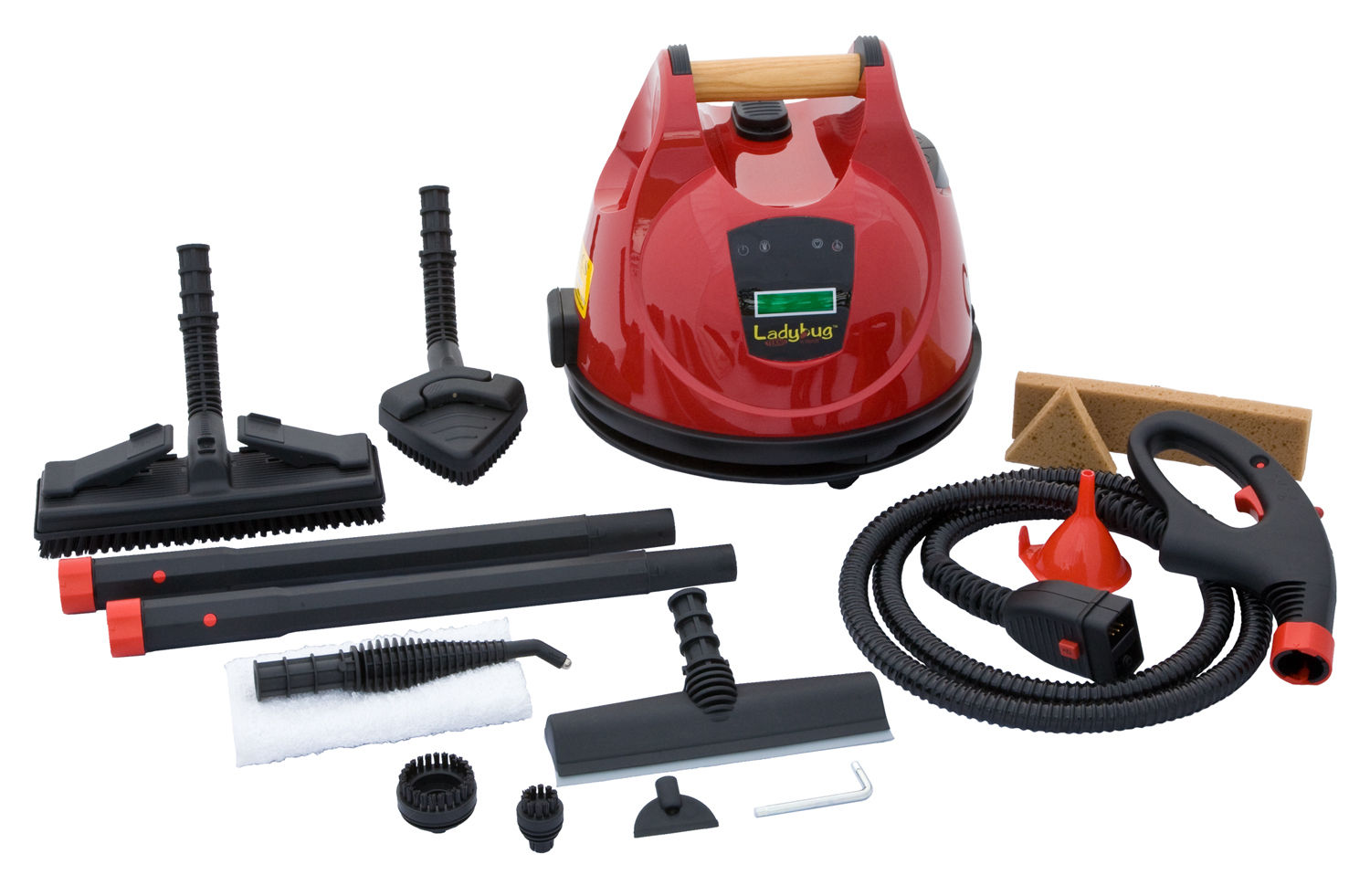
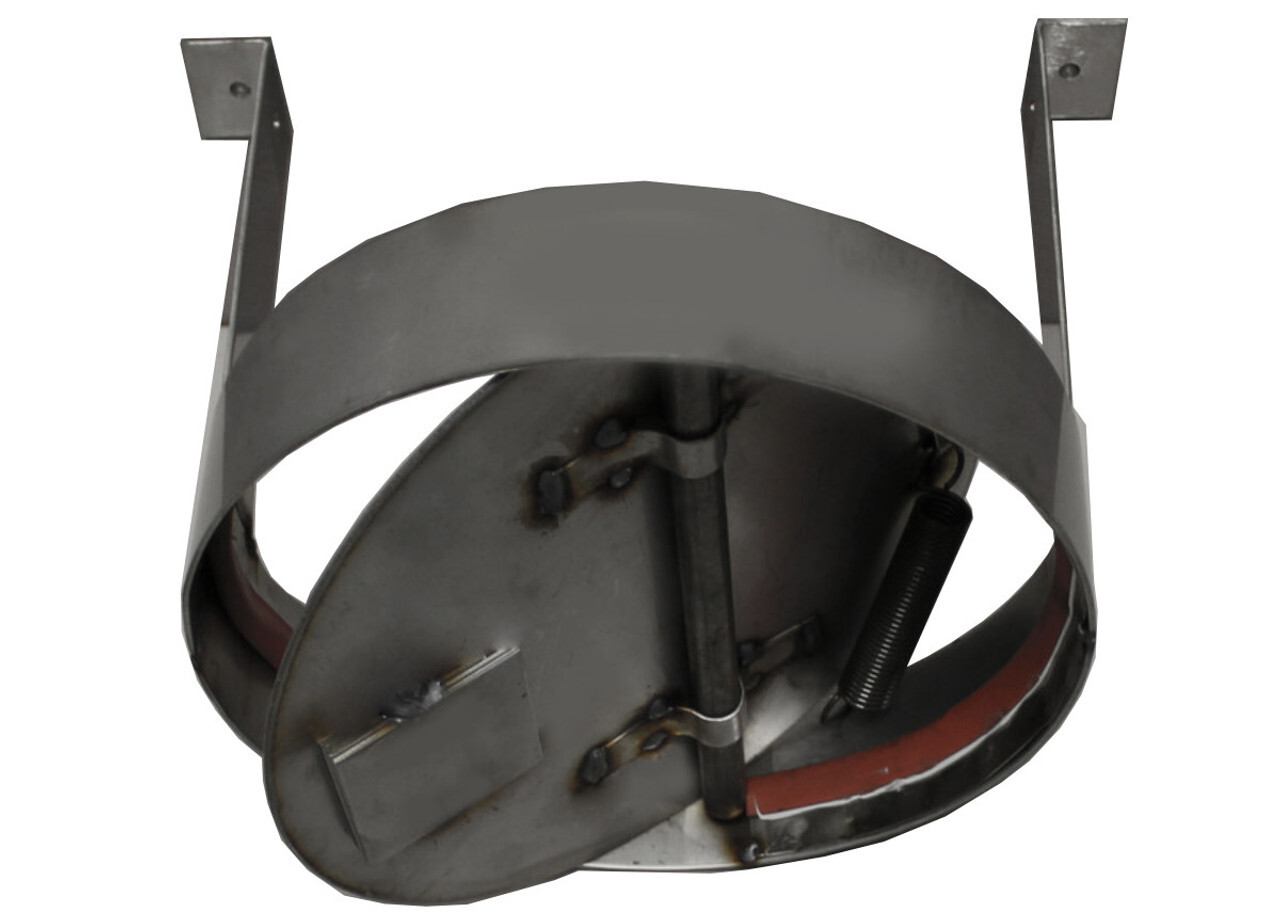
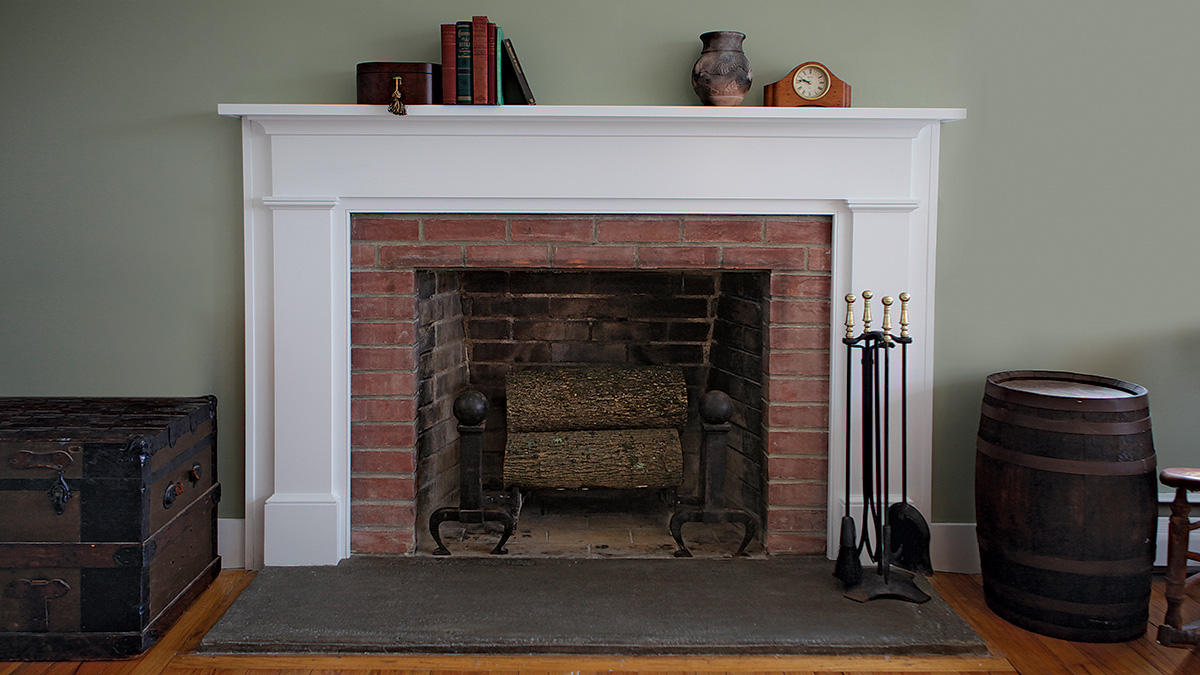
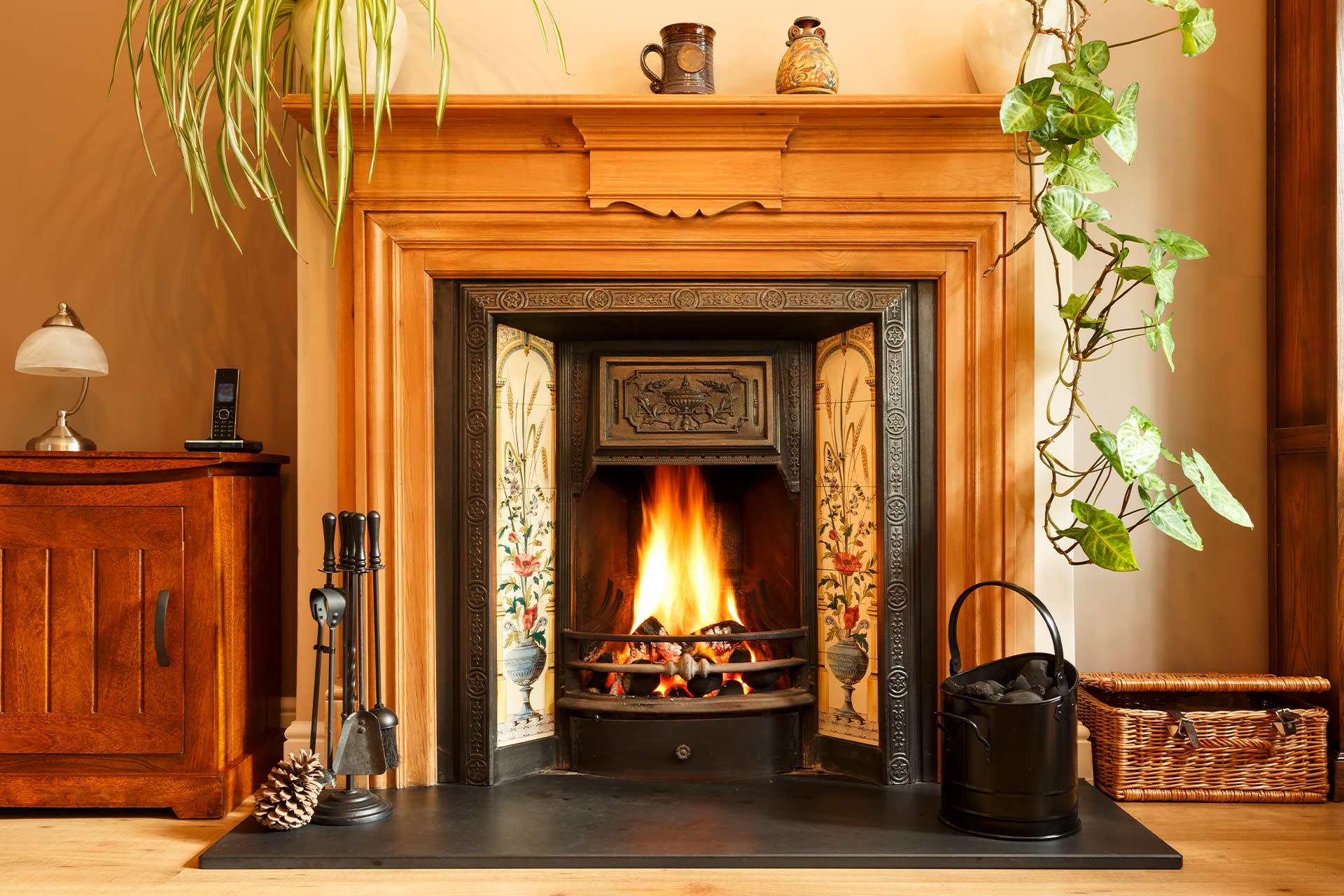

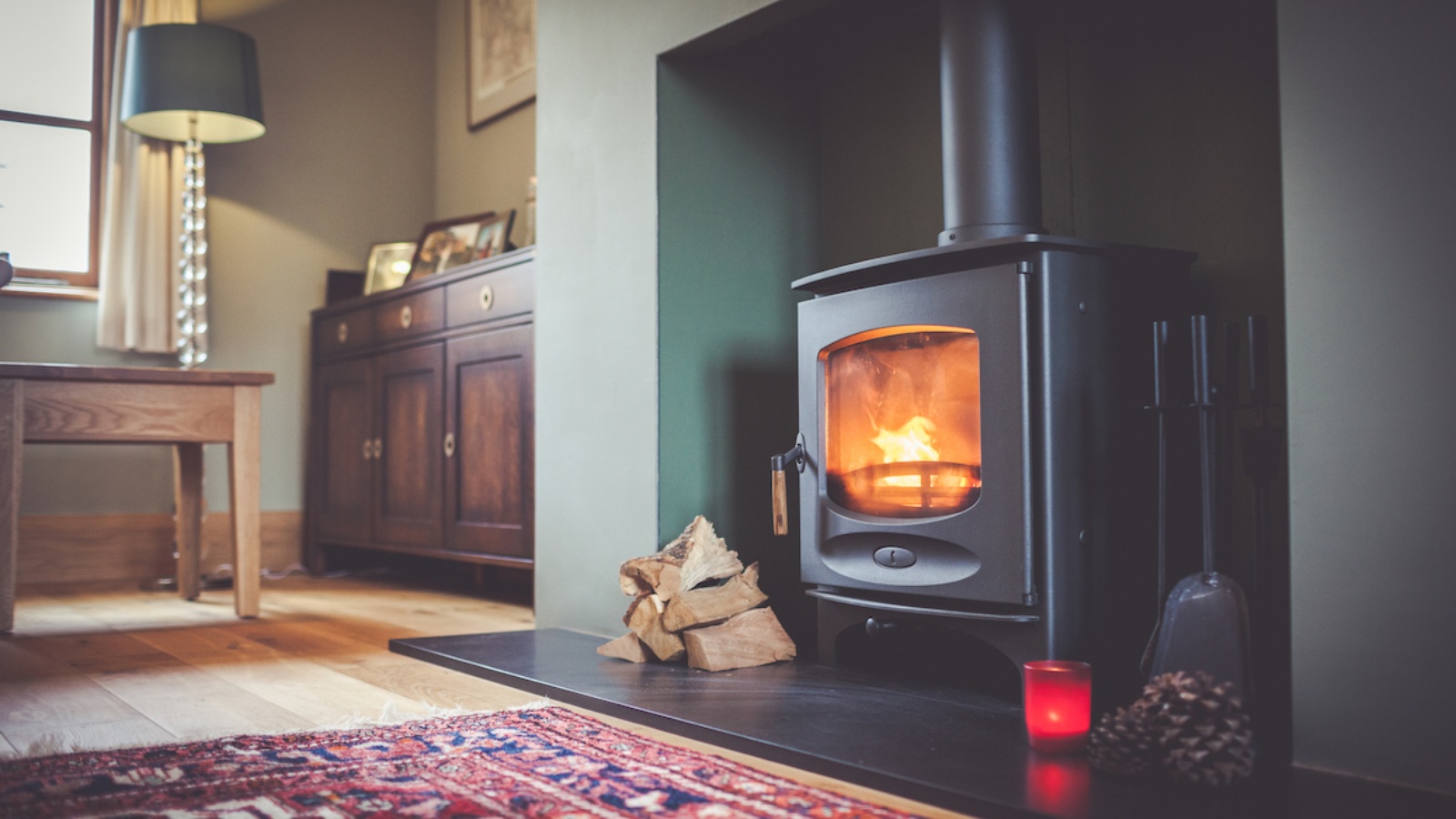
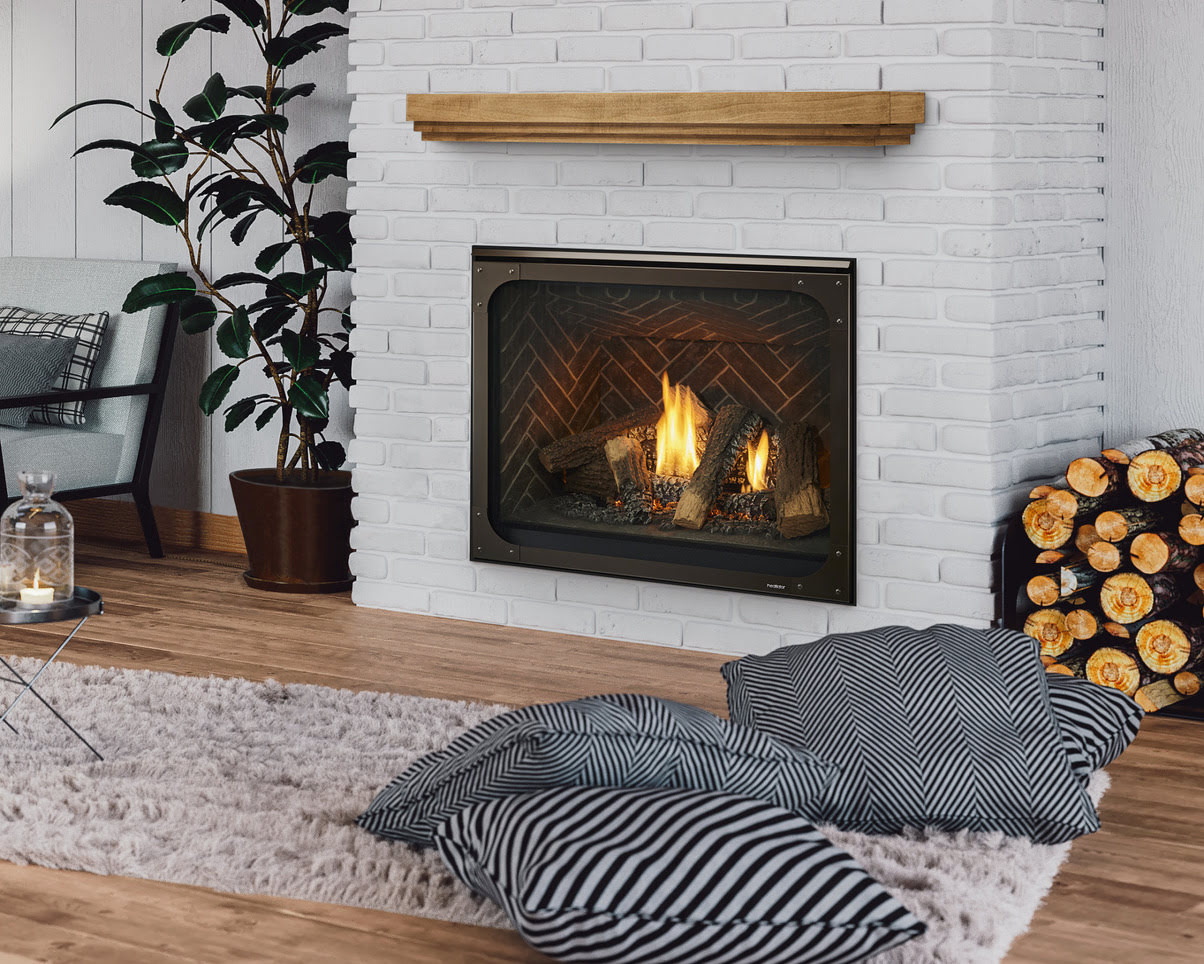
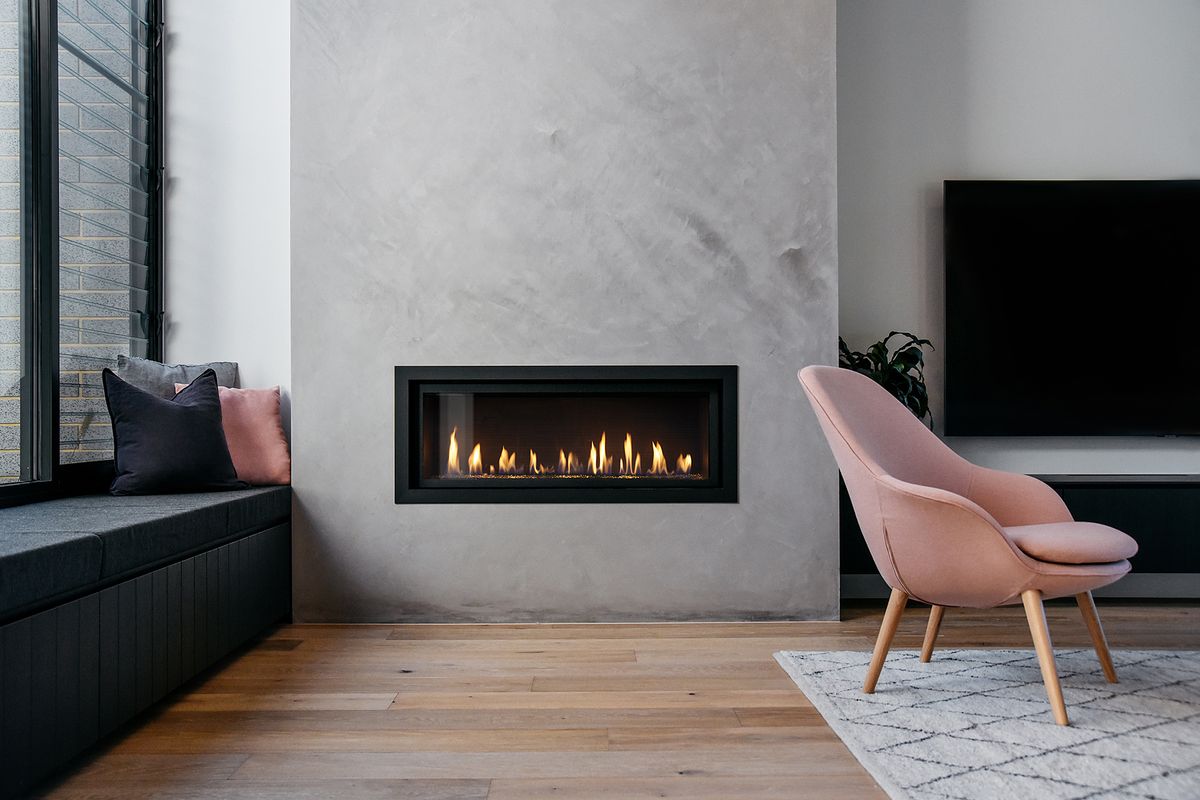

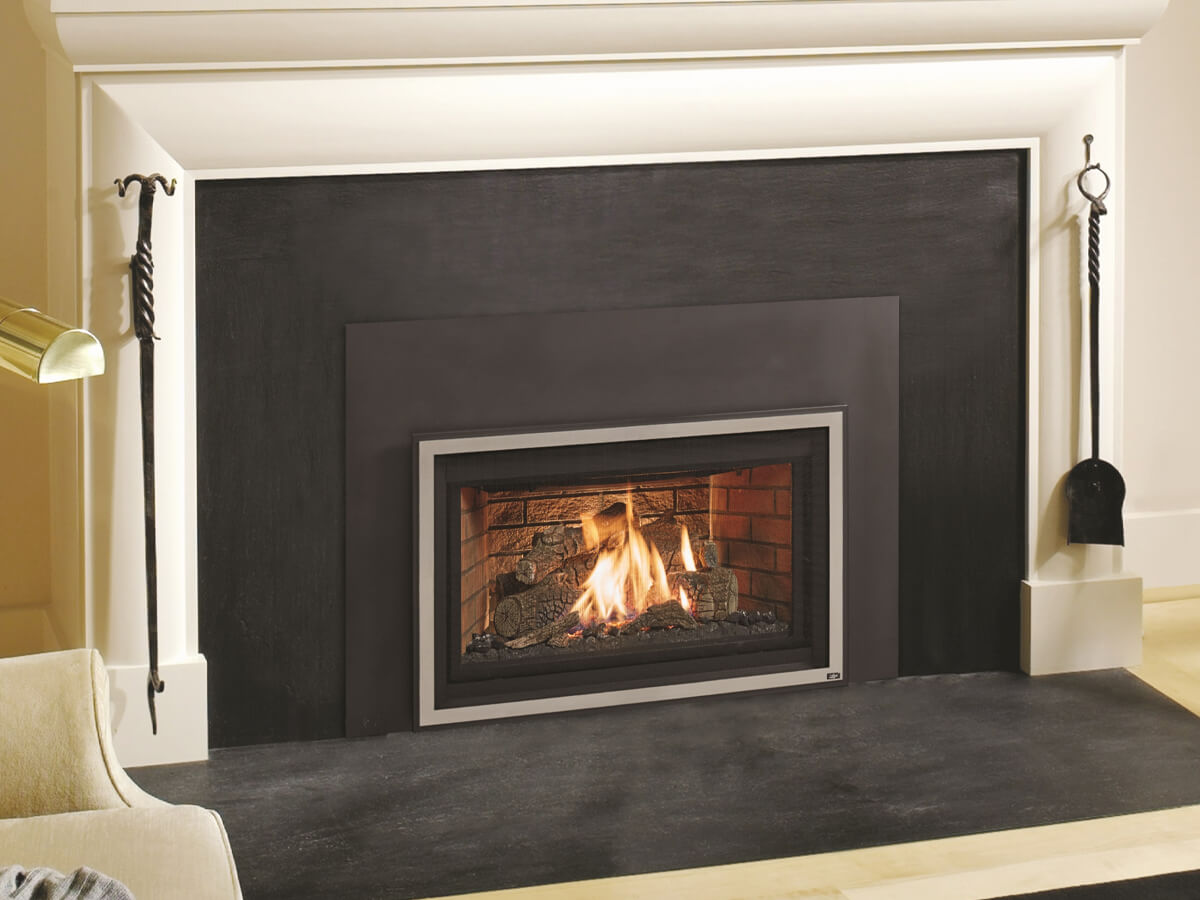
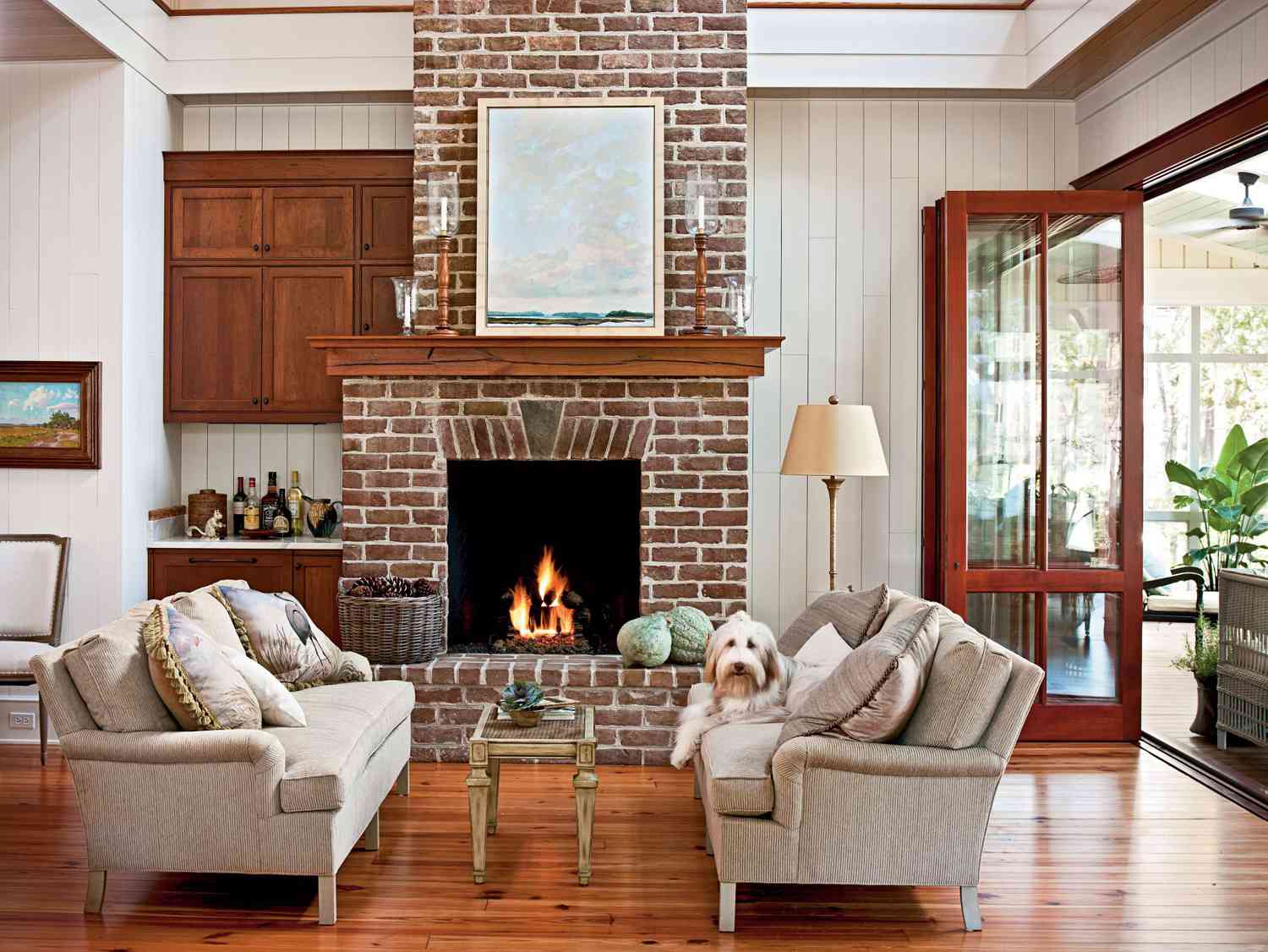
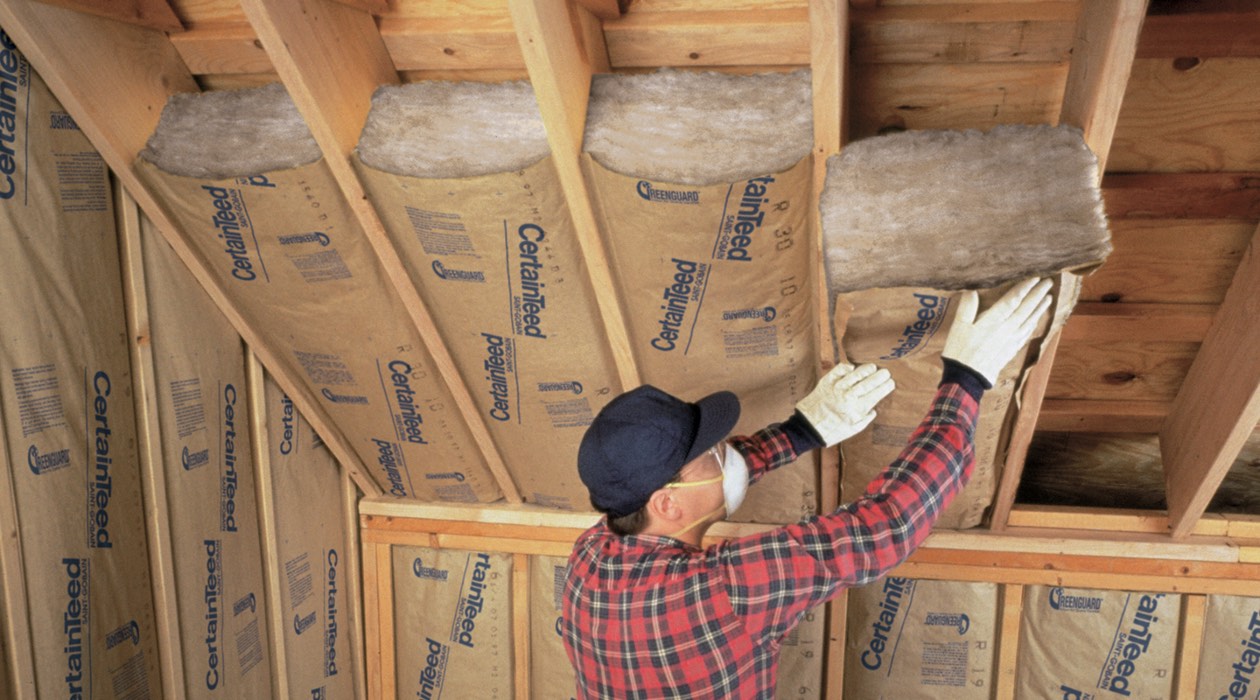

0 thoughts on “What Is A Water Vapor Fireplace”